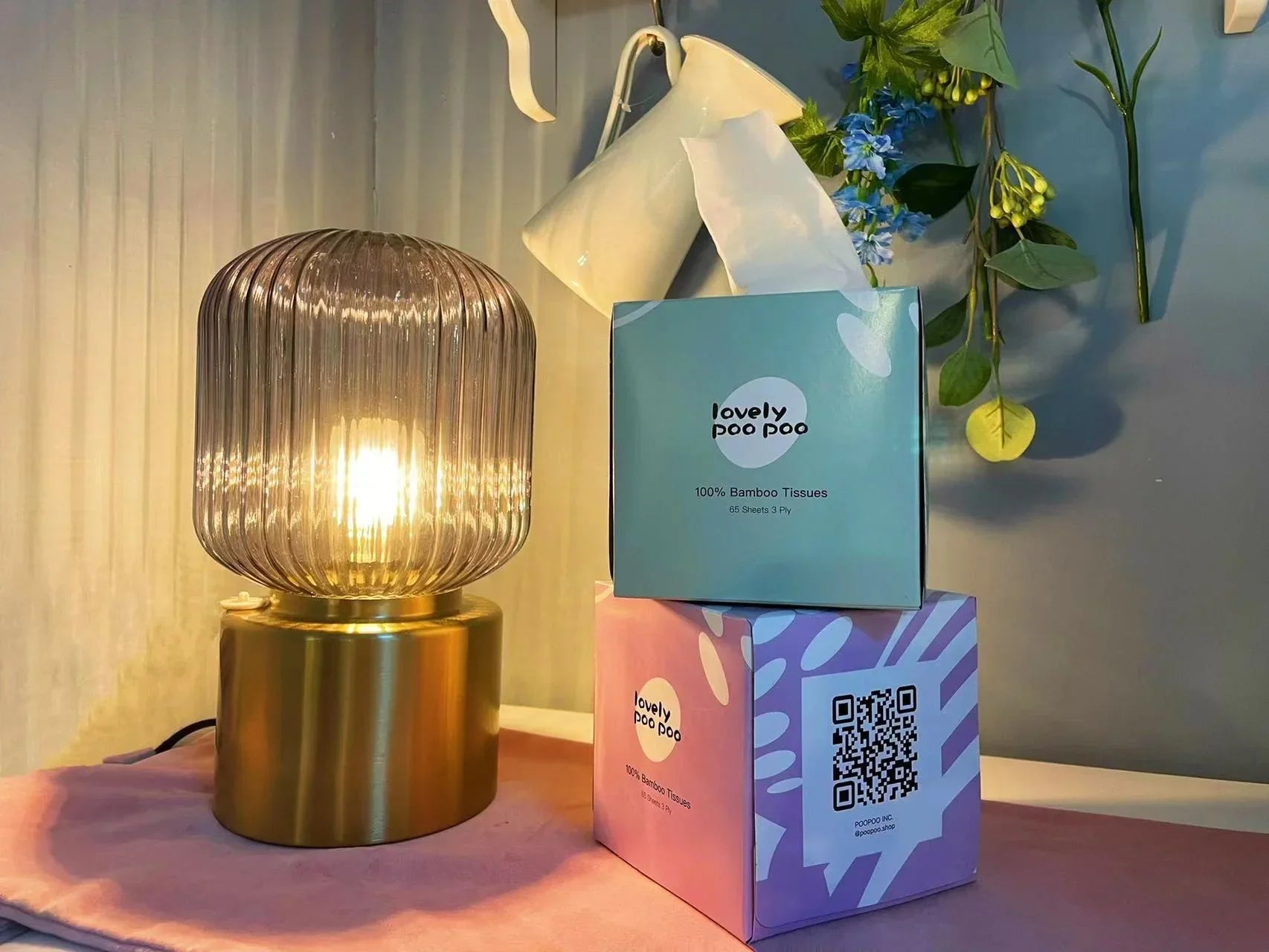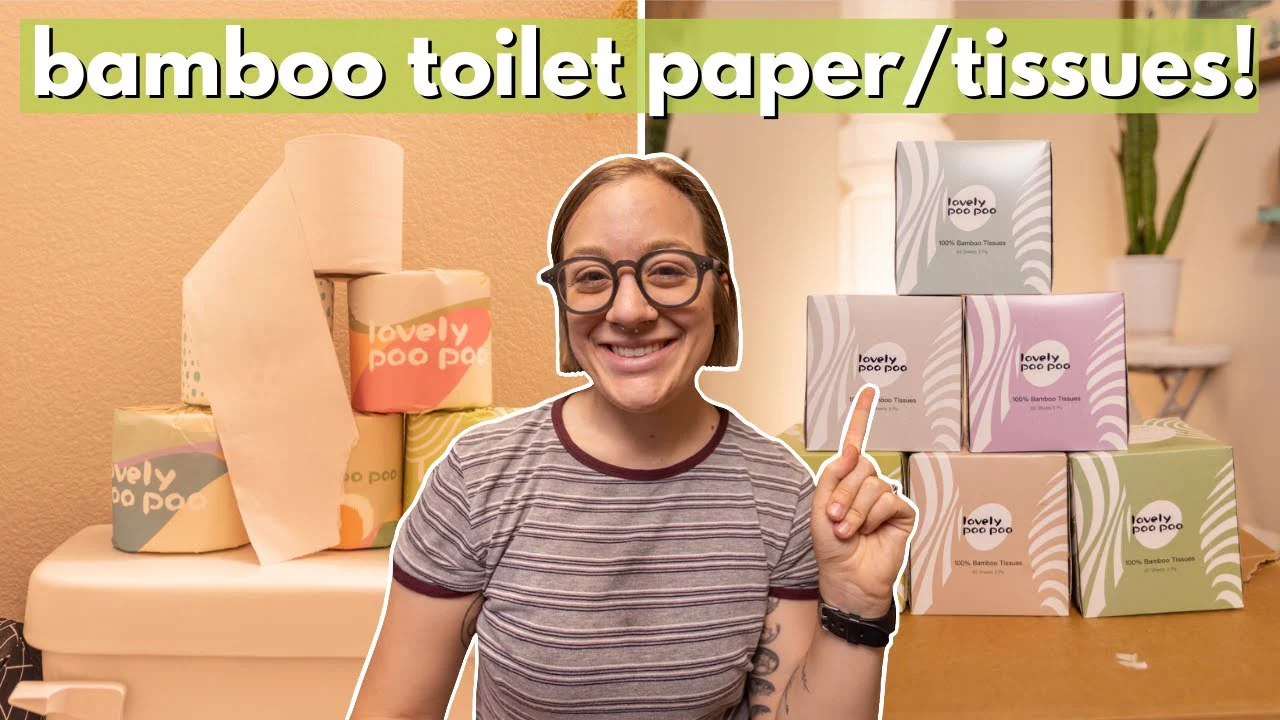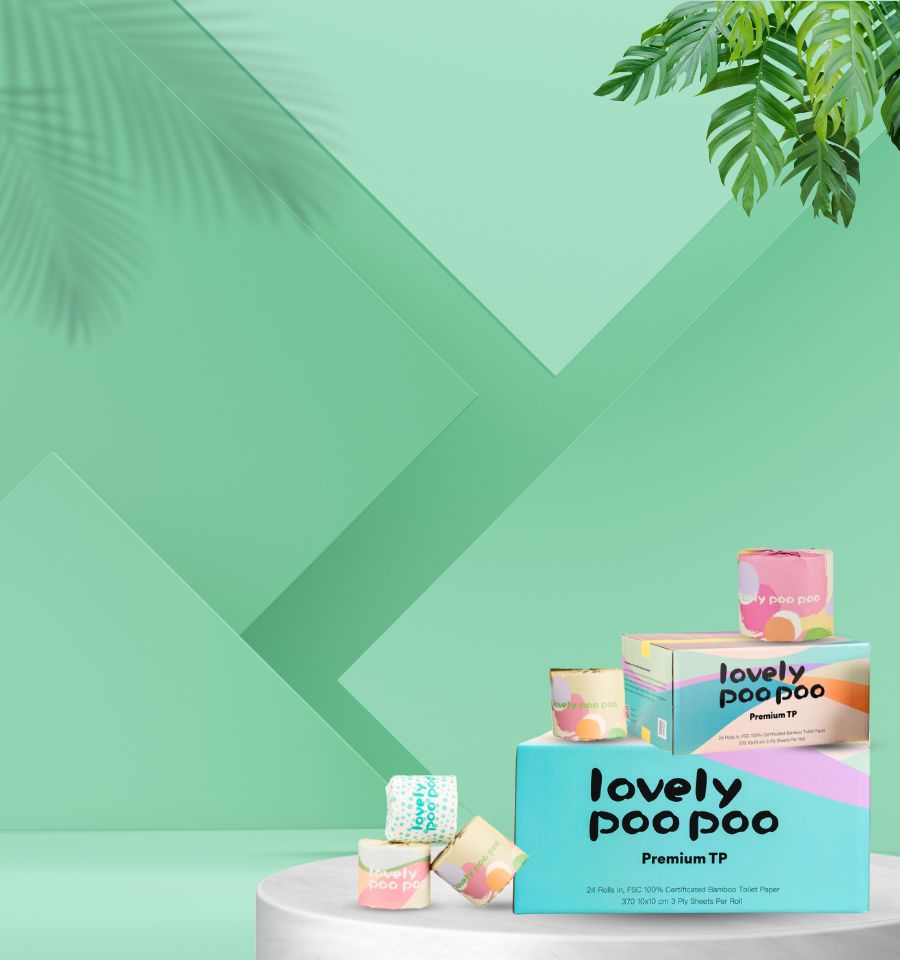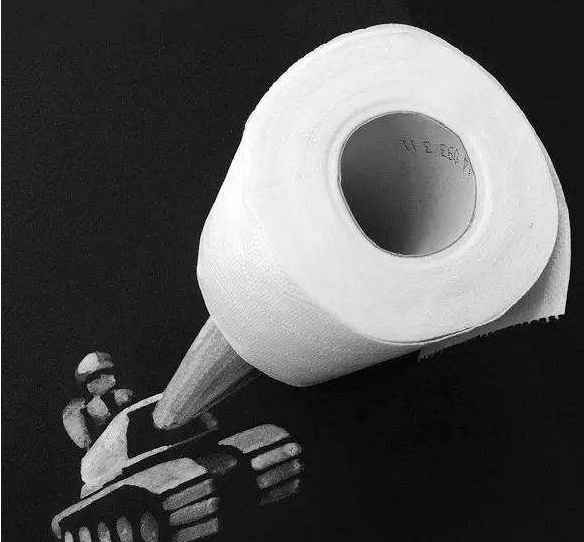When was the last time you thought about your toilet paper? It is one of those everyday items we use without giving it a second thought. But here’s the thing—our choices in toilet paper can have a surprising impact on the environment, our wallets, and even our health. If you’re an eco-conscious person, an individual who likes saving money, or is simply interested in living a sustainable lifestyle, then it might be time to rethink your "toilet paper combo" or that 48-pack of toilet paper you always grab at the store.
In this blog, we are going to cover the idea of reusable toilet paper, break down how it compares to a normal toilet paper pack (like that popular "toilet paper package of 24"), and why making the switch to more eco-friendly options might be just the change you didn’t know you needed. We’ll also include tips, real-life examples, and a little humor—because, let’s face it, talking about toilet habits can be funny.
So, let’s dive into the sustainable world of reusable and eco-friendly toilet paper options.
Why Reusable Toilet Paper?
Reusable toilet paper is also known as family cloth, is simply what it sounds like: washable fabric strips that you use, clean, and reuse. Although that sounds unconventional at first, think about it—reusable products like cloth diapers and kitchen towels have been around forever. If they work well in those areas, why not for toilet paper?
Environmental Benefits
Let’s start by talking about saving the planet: traditional toilet paper production leads to deforestation and uses huge amounts of water and involves harsh chemicals like bleach. By switching to reusable options, you’re cutting down on waste and preserving natural resources.
For example, a family using reusable toilet paper instead of 48 rolls of toilet paper bundles every few weeks could save hundreds of pounds of waste per year. Now, that’s an impact you can feel good about.
Cost Savings
Let’s be real—buying toilet paper gets expensive, especially if you’re stocking up on a toilet paper combo or those "value packs." Investing in reusable cloth upfront might seem pricey, but it pays off in the long run. One pack of reusable toilet paper can last for years with proper care, saving you hundreds of dollars over time.
Healthier for Your Skin
Did you know that many traditional toilet papers are loaded with chemicals? Bleaches, fragrances, and dyes can irritate sensitive skin. Reusable toilet paper, on the other hand, is usually made from soft, natural fabrics like organic cotton or bamboo, making it a healthier alternative.
How Does Reusable Toilet Paperwork?
If you’re new to the idea, here’s a quick breakdown:
-
Use It: Just like regular toilet paper, but with fabric. After use, toss it into a designated storage bag or bin.
-
Wash It: Wash the clothes with your regular laundry or separately using hot water and a gentle detergent.
-
Reuse It: Once cleaned, the strips are ready for their next use.
It’s that simple. If you’re worried about hygiene, rest assured that proper washing kills bacteria and keeps everything sanitary.
Comparing Reusable Options to a Toilet Paper Bundle of 24
Let’s face it—those "toilet paper bundles of 24" are convenient. But convenience often comes with hidden costs. Here’s how reusable options stack up:
|
Feature |
Reusable Toilet Paper |
Toilet Paper Bundle of 24 |
|
Environmental Impact |
Minimal, sustainable fabric |
High, due to deforestation |
|
Cost Over Time |
Low (one-time investment) |
High (repeated purchases) |
|
Softness |
Super soft, natural fabrics |
Varies, often rough |
|
Convenience |
Requires washing |
Ready to use |
Real-Life Stories from Reusable Toilet Paper Users
If the idea still feels a bit out there, here are a few real-world examples of people making it work:
-
Sarah’s Story: “I started using reusable toilet paper a year ago, and it was a game-changer. I have sensitive skin, and this has made a huge difference. Plus, I save so much money—I haven’t bought a single roll in months!”
-
The Smith Family: “We switched to reusable toilet paper during the pandemic when store shelves were empty. At first, it was weird, but now it’s second nature. We’ve even inspired some of our friends to try it!”
Practical Tips for Switching to Reusable Toilet Paper
If you’re ready to take the plunge, here are some tips to make the transition easier:
-
Start Small: Try a mix of reusable and traditional toilet paper to ease into the change. Use reusable cloth for #1 and stick to regular paper for #2 at first.
-
Choose the Right Fabric: Look for high-quality, soft materials like bamboo or organic cotton. These are gentle on your skin and last longer.
-
Storage Solutions: Keep a small, lidded bin in the bathroom for used clothes. A washable bag liner makes cleaning even easier.
-
Educate Your Household: If you’re not living alone, make sure everyone’s on board. Explain the benefits and set clear guidelines for use and cleaning.
What About Compostable Toilet Paper?
If reusable isn’t your thing, another great alternative is compostable toilet paper. Unlike standard paper, compostable options break down quickly and naturally. Brands often use bamboo or recycled materials to make these eco-friendly products.
For instance, swapping your regular 48-pack of toilet paper for a compostable option can significantly reduce landfill waste while still giving you the convenience of single-use paper.
Why Bamboo is a Superstar
If you’re considering a switch but not ready to go fully reusable, bamboo-based toilet paper is a fantastic middle ground. It’s soft, strong, and grows incredibly fast, making it one of the most sustainable materials out there. Many eco-conscious brands offer bamboo toilet paper in a toilet paper combo or 48 rolls of toilet paper bundles, so you don’t have to sacrifice convenience.
The Future of Sustainable Bathroom Habits
Switching to reusable toilet paper or other eco-friendly options might seem like a small change, but it’s these small shifts that add up to a big difference. Whether you choose a toilet paper bundle of 24 made from bamboo, a reusable family cloth, or a mix of both, you’re taking a step toward a more sustainable future.
The best part? You’re not just helping the environment—you’re also saving money and taking better care of your skin. And who knows? You might even inspire others to follow your lead.
So, next time you’re shopping for a 48-pack of toilet paper, ask yourself if there’s a better, greener choice. Your wallet, your planet, and maybe even your bathroom will thank you for it.







